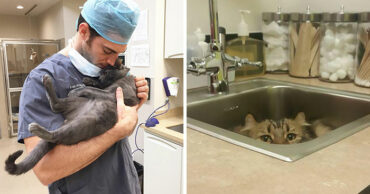A request from a zoo in Denmark for donated animals to feed to their lions sparked major backlash from animal rights groups and netizens, calling it disturbing.
But for people who’ve used the service, which zoos have been offering for years, it’s the most humane, and often the most affordable, way to dispose of large animals.
In one case, a 13-year-old girl chose to donate her sick horse to the zoo because she felt it adhered to a “circle of life” philosophy.
Aalborg Zoo in Denmark petitioned the public for large animals to feed to its lions
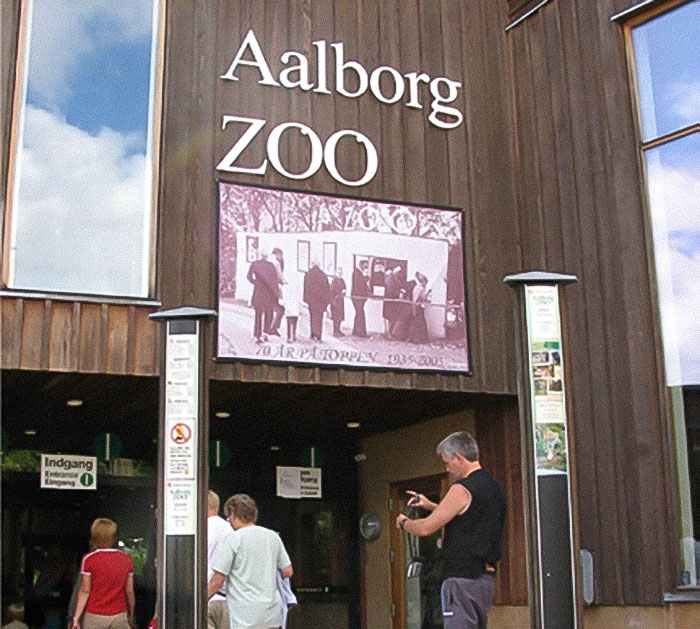
Image credits: Wikipedia
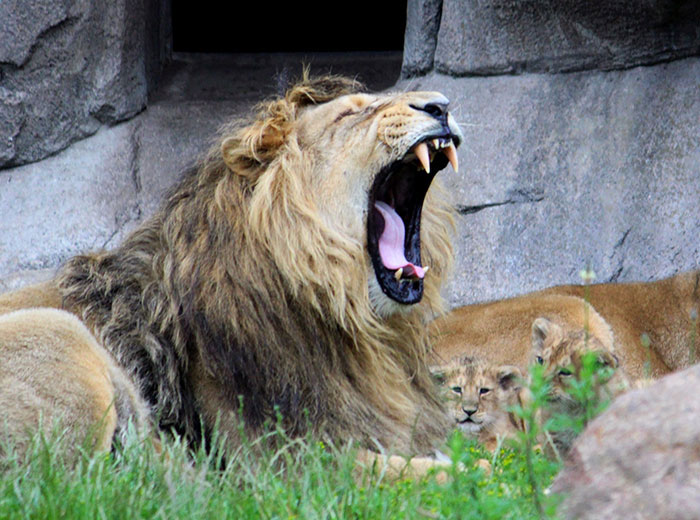
Image credits: aalborgzoo / Instagram
Last month, the Aalborg Zoo in northern Denmark posted to its Facebook account an appeal for animals that could be euthanized to feed to predatory creatures, like lions and tigers.
The post read in part: “We gratefully accept animal donations from both private individuals and businesses for euthanisation and slaughter at Aalborg Zoo.”
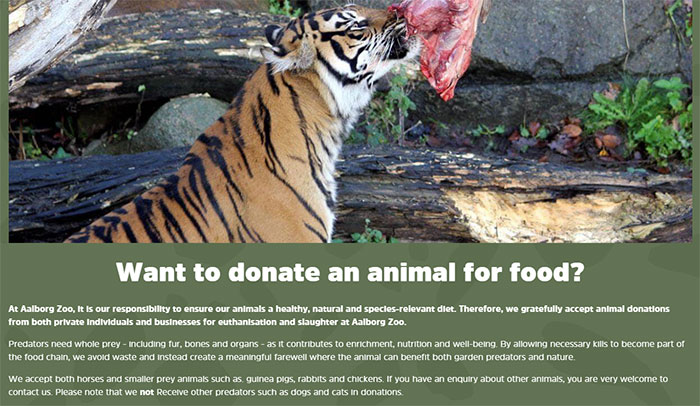
Image credits: aalborgzoo.dk
The post explained that predators need whole prey, “including fur, bones and organs”, because it contributes to the animals’ well-being.
The ad said that while they do accept guinea pigs, rabbits, and chickens, they do not accept cats and dogs.
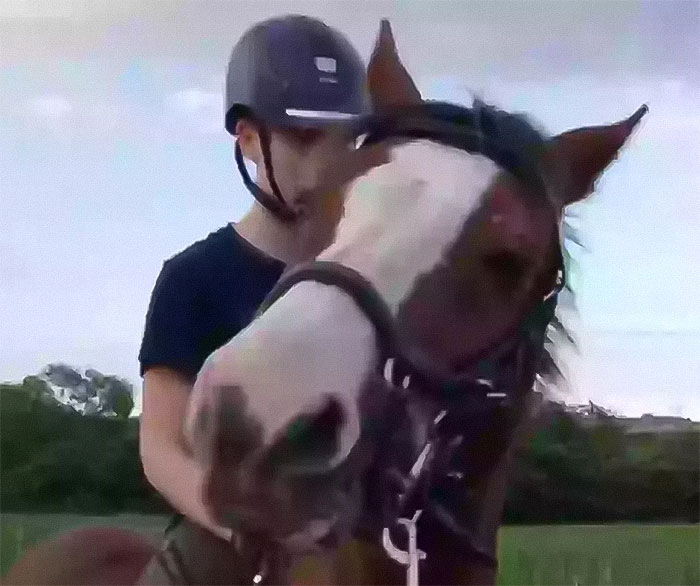
Image credits: Pernille Sohl
It didn’t take long for the post to ricochet around the internet, garnering comments that ranged from funny to accusatory.
Some people jokingly asked if they could donate an annoying family member, while others accused the zoo of being callous.
A teenager chose to have her horse taken to the zoo rather than the vet to be euthanized
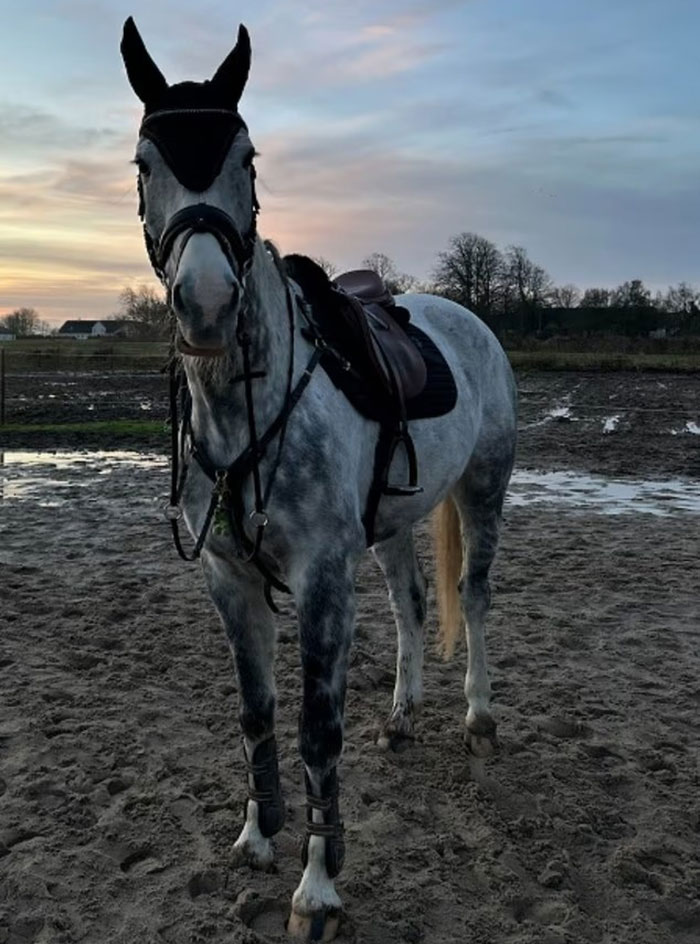
Image credits: Pernille Sohl
The number of hostile responses on the Aalborg Zoo’s website from all over the world forced them to close their comments section.
But in the days since the initial post and internet backlash, stories have been coming out about people who’ve proudly used the zoo’s service, which it has been offering for years.
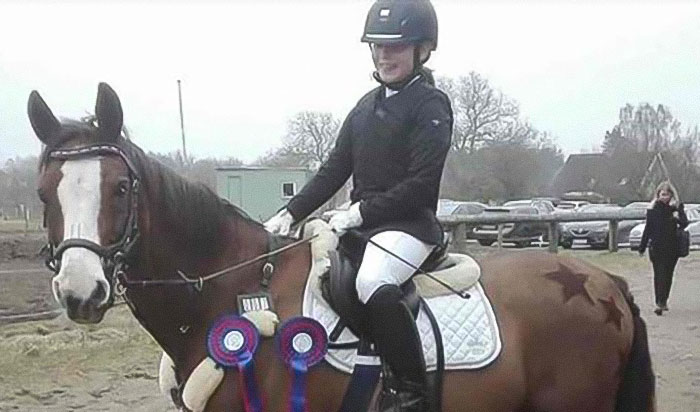
Image credits: Pernille Sohl
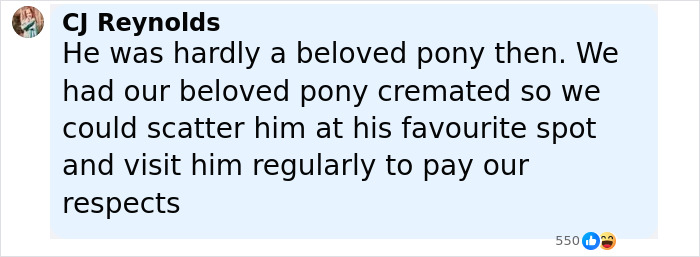
According to a story in The Times, a woman named Pernille Sohl decided to use the service a few years ago to put down a 22-year-old German riding pony with painful eczema and open wounds.
The article says Sohl, who runs a farm where children with mental health issues can interact with horses, chose the zoo instead of a vet mainly because her 13-year-old daughter Angelina preferred it.
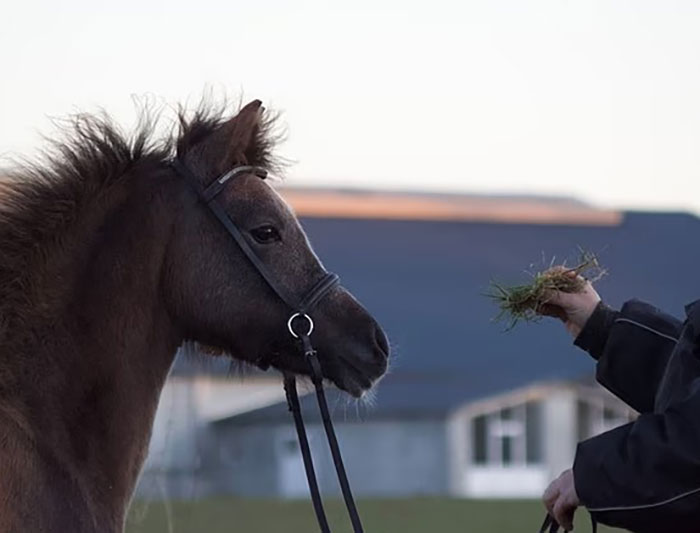
Image credits: Pernille Sohl
“I gave Angelina the various options and she chose the one with the zoo, because it made the most sense,” Sohl told The Times.
“She had previously watched one of my horses being taken away by the vet to be euthanised, and it was a bad experience for her. She said that this time she wanted to follow the food chain,” Sohl said in the article, continuing that her daughter wanted the horse “to benefit other animals.”
Zoo officials say whole-animal feeding is a best practice for predators’ health

Image credits: Pernille Sohl
The act of feeding whole animals to predators is actually something that benefits their health, members of the zoo said in a statement on their website.
“Predators need whole prey — including fur, bones and organs — as it contributes to both enrichment, nutrition and wellbeing,” the message said.
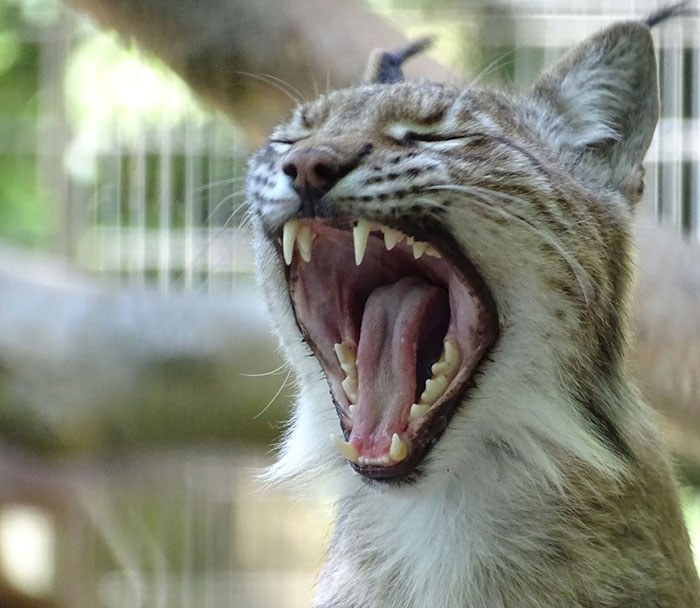
Image credits: Aalborg Zoo / Facebook
“By allowing necessary k*lls to become part of the food chain, we avoid waste and instead create a meaningful farewell where the animal can benefit both the predators in the garden and nature.”
According to the article, the “Aalborg Zoo, which attracts almost half a million people a year, has been receiving such donations since it was founded in 1935.”
Other zoos have been criticized for announcing their culls
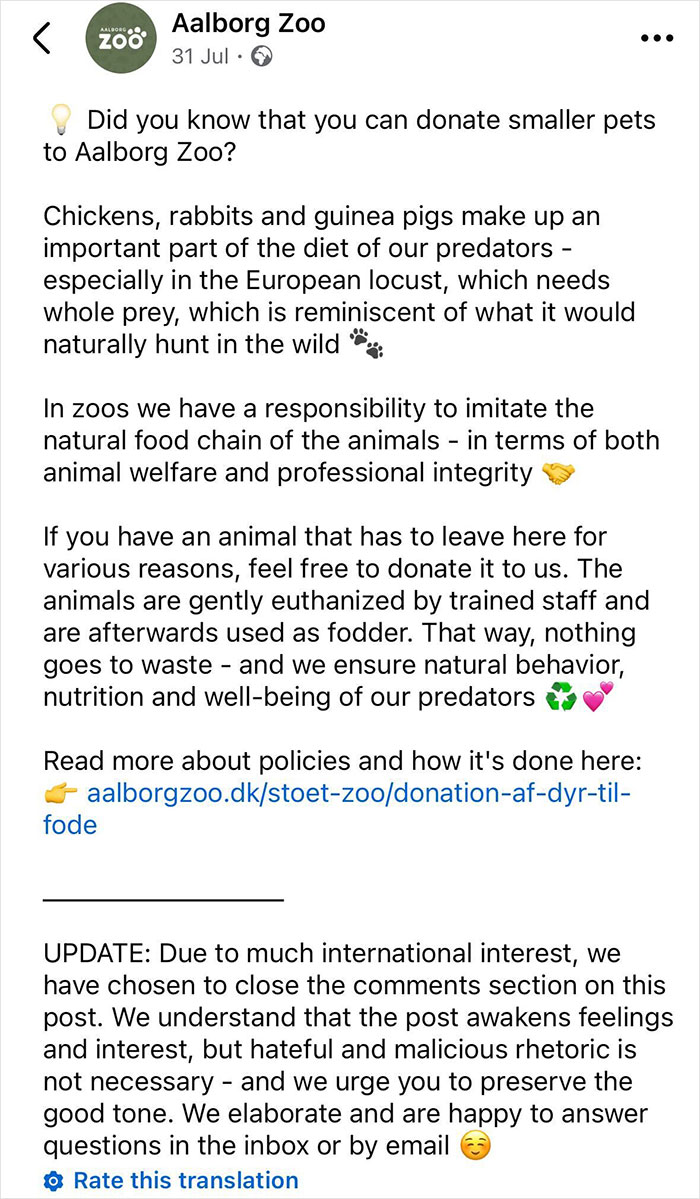
Image credits: Aalborg Zoo / Facebook
It’s not the only zoo to face a backlash for feeding some of its animals to other animals in its care.
The Nuremberg Zoo in Germany received pushback after announcing it had culled 12 Guinea baboons due to overcrowding in their enclosure.
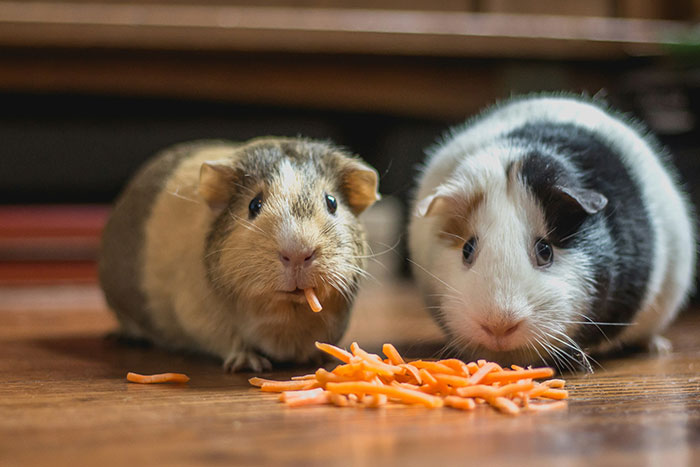
Image credits: Bonnie Kittle / Unsplash
According to an article from Deutsche Welle, “Half were then fed to lions, tigers, maned wolves and marbled polecats, and the skeletons of others will be put on display in a museum.”
The article said the animals’ heads, feet, and hands were removed “out of respect for visitors” who would see the carnivores feeding, quoting Jörg Beckmann, the zoo’s deputy director.
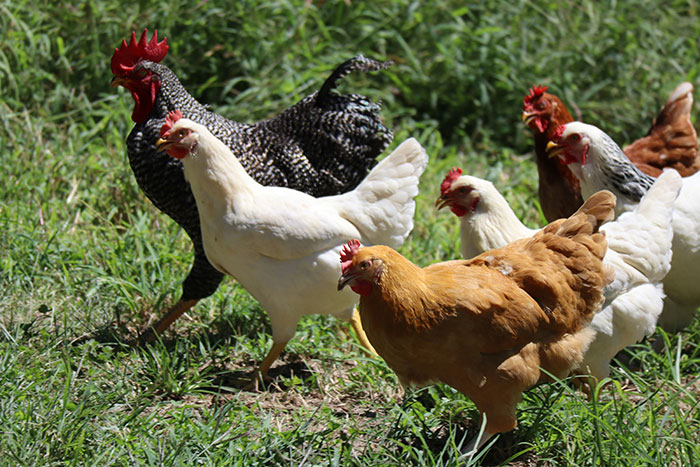
Image credits: Zachariah Smith / Unsplash
After getting pushback from animal rights groups, the zoo acknowledged that people might be “confused, affected, or angry” about the cull, but explained that “whole-animal feeding provides crucial dental health benefits for carnivores.”
The zoo added that, unlike many house pets, which get surgery to remove the plaque buildup from their teeth because of processed food:
“Unlike many pets, our animals don’t need tartar removal under general anesthesia.”
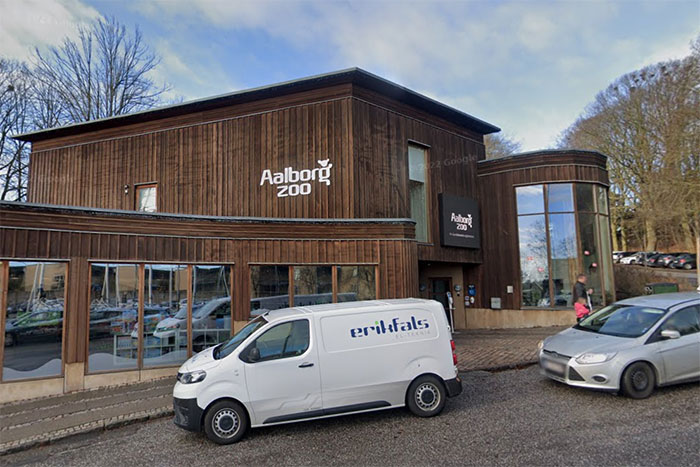
Image credits: Google Maps
Netizens have a range of opinions on whether it’s humane to feed terminally ill animals to lions

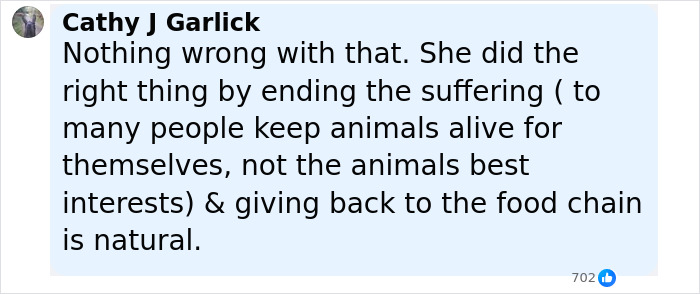

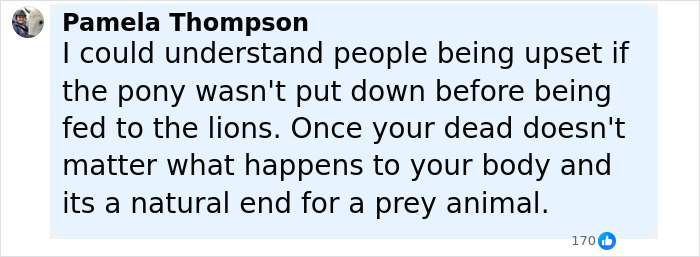
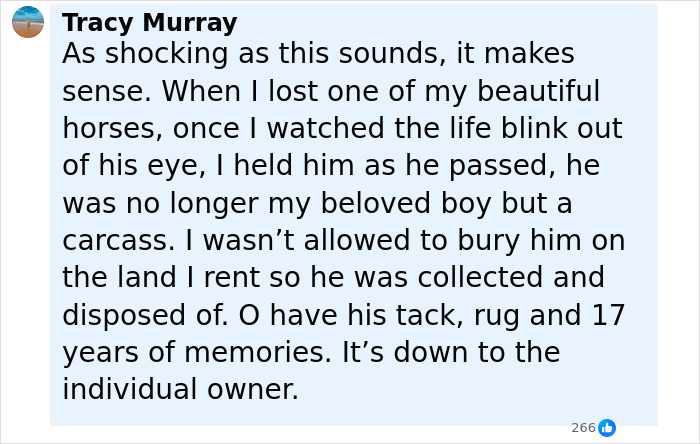









 Follow Us
Follow Us




